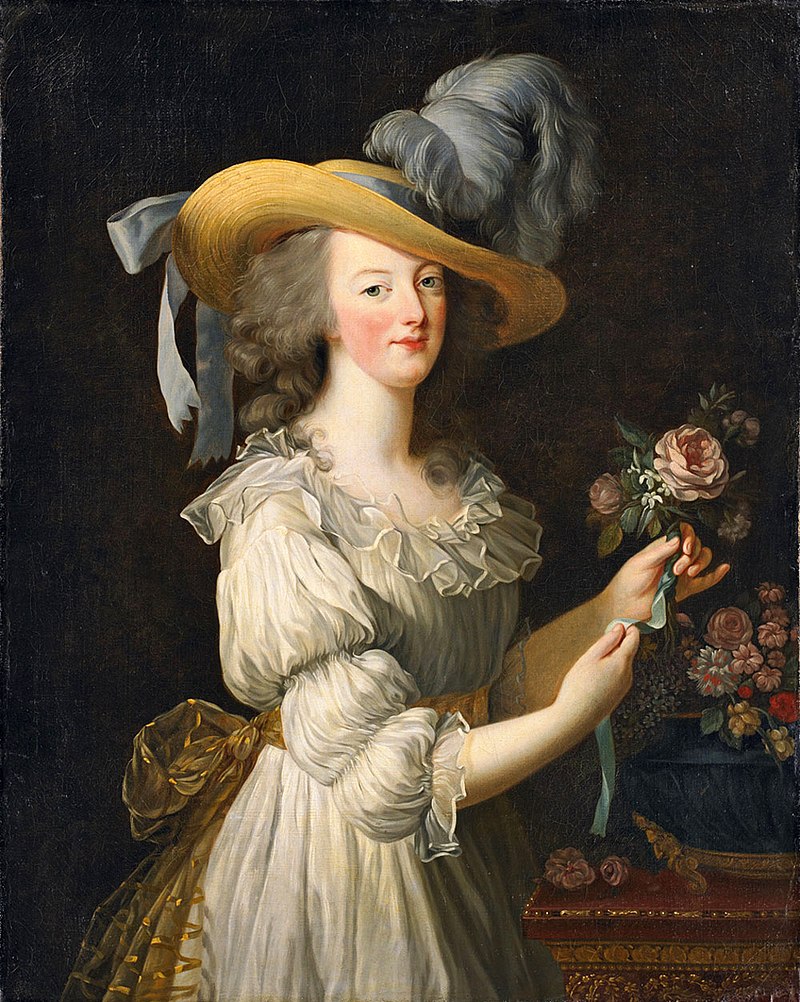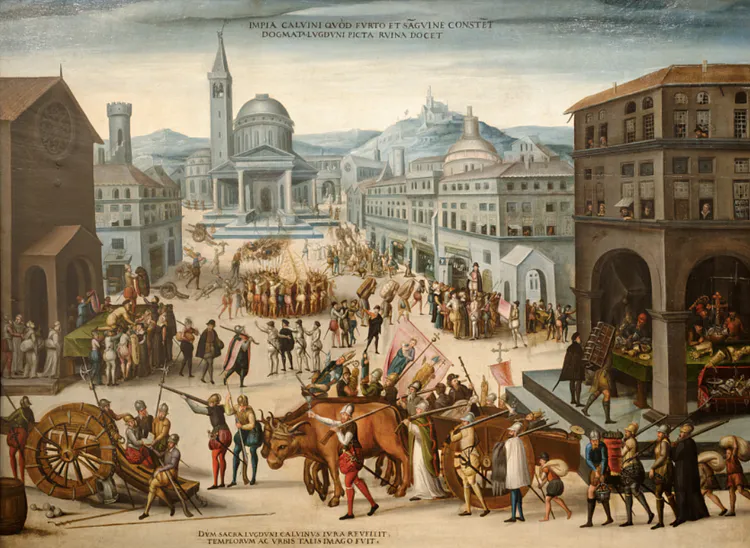From Architectural Digest:
ShareThe heyday of the speakeasy coincided with the rise of Art Deco, of which the Chrysler Building remains the paradigmatic example. The Cloud Club will soon open on the tower’s 61st floor, in the same space that was once home to a men’s lunch club of the same name. “To me,” says AD100 designer Ken Fulk, “[the venue] is nostalgic for a more optimistic chapter in New York’s history. But I also don’t want to overly romanticize it.”
When Fulk first sized up the site, nothing remained of the original bizarro-Deco environs, leaving him to find inspiration elsewhere: 30,000 feet in the air. While he was on a flight, he took in a vista of cumulus clouds that jumpstarted his vision for the space. Later, he found precedents within the Chrysler Building itself. “Every single elevator tells a different story,” he says. “They’re all hand carved. Could you imagine doing that today?”
Fulk can. All the furnishings in the new Cloud Club, including a backlit pink-glass bar by Sogni Di Cristallo and floor-to-ceiling features by Lamberts and Bendheim, are custom. For Fulk, the analogue-bespoke nature of the space reflects something of our collective desires. At a time when “the entire world is at our fingertips,” he suggests, we are all seeking reassurance in the ghostly imprint of the craftsperson. “There’s been a big recognition of their efforts. How could there not be?”
In the case of the Nines, the handworn wins out. The space’s fluted plaster walls were “meant to look imperfect, as if they had been painted and repainted over the course of 100-plus years,” Butchko says. It’s a quality impossible to capture in photographs. But pull up by the bar and rub the rosy, pink cloth napkin between your fingers while you’re waiting for your drink to be prepared. Look around, and take it all in. (Read more.)







.jpg)
.jpg)







































